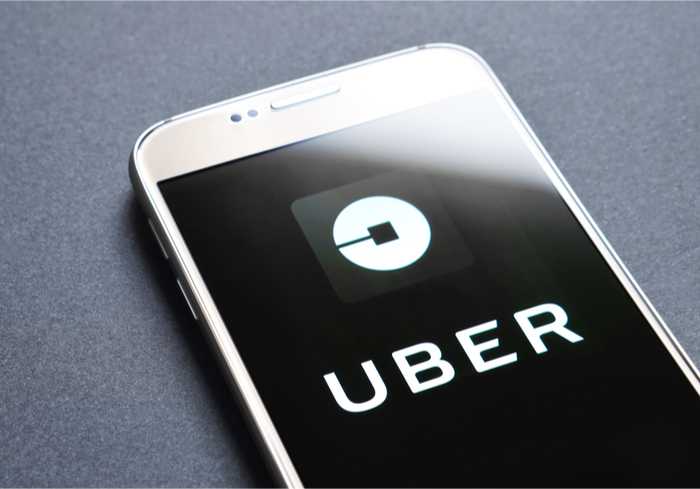
After Uber Chief Economist Jonathan Hall highlighted problems with the research methodology used by MIT researchers in a draft paper, the lead researcher acknowledged flaws in the survey used in the study. Stephen Zoepf, who led the team, said the survey questions could have been framed better, Fortune reported.
“Hall’s specific criticism is valid; in retrospect, the survey questions could and should have been worded more clearly,” Zoepf, who is the executive director of the Center for Automotive Research at Stanford, said in a statement posted on Twitter. “In re-reading the wording of the two questions, I can see how respondents could have interpreted the two questions in the manner Hall describes.”
The paper was drafted by MIT’s Center for Energy and Environmental Policy Research (CEEPR). While the survey used in the paper asked participants how much they made on average each week from rideshare services, it then asked, “How much of your total monthly income comes from driving?” But that question did not ask how much income came from on-demand services — and not income from other jobs, Hall contended.
After revising the study’s figures, which originally set the median profit for rideshare drivers at $3.37 per hour, Zoepf found a median profit of $8.55 per hour using Hall’s methodology. With another methodology, Zoepf found the median profit to be $10 per hour.
The MIT study released last week indicated that Uber drivers, on average, were making less than minimum wage. It tapped into data from a survey of 1,150 drivers published by gig economy blog The Rideshare Guy and found that drivers’ profits, after calculating vehicle and fuel expenses, were low.
Specifically, the study found that with all expenses factored in, 74 percent of Uber drivers were making less than a minimum wage amount. Hall countered that, noting the company’s own surveys — one in partnership with Princeton and another with Stanford — both found the opposite: Uber drviers make much more than minimum wage (in the $19–$21 range as gross hourly income).
Hall went on to point out that MIT’s methods were flawed, writing on Uber’s Medium blog that “the earnings figures suggested in the paper are less than half the hourly earnings numbers reported in the very survey the paper derives its data from.”